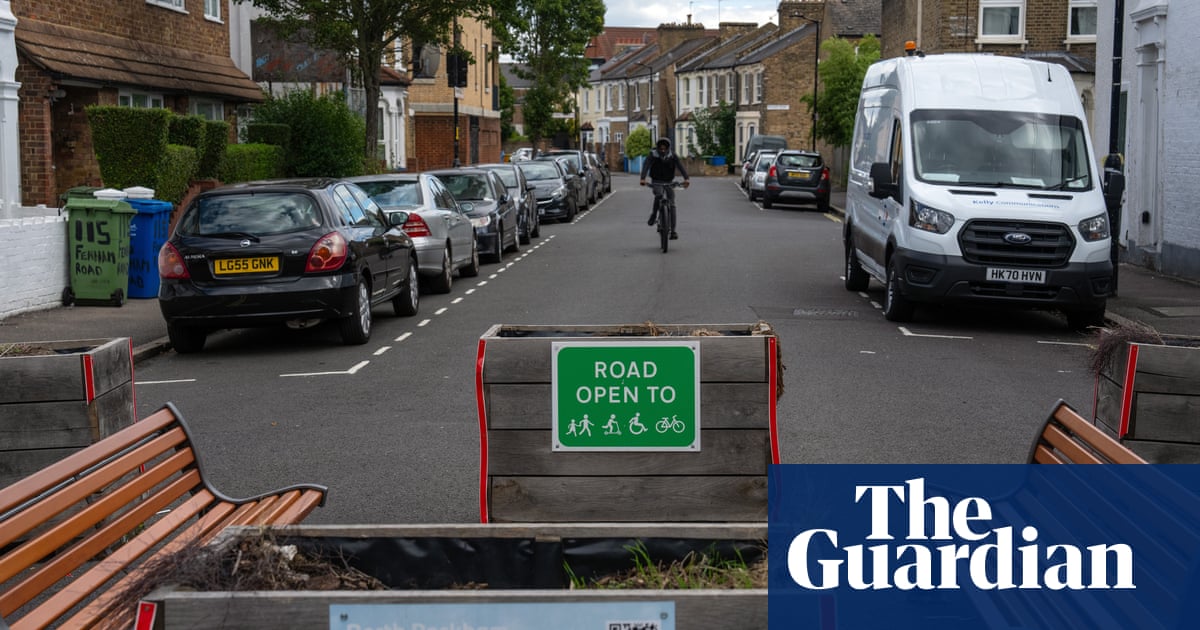It’s almost like building a world around human well-being is good for human well-being. This is a good study and it’s nice information to have, but how many times do we need to empirically prove obvious facts about society to people who’ll take no heed to the information?
In the UK, the studies don’t really matter to those in power, unless it’s a study into how their mates are making money off it. If it’s not doing that, we aren’t allowed to spend any money (even if it saves money in the long run).
This is the best summary I could come up with:
Policies to help people walk and cycle such as low-traffic neighbourhoods can create public health benefits as much as 100 times greater than the cost of the schemes, a long-term study of active travel measures has concluded.
The cumulative public health benefit of people being more active was estimated at as much as £4,800 per local adult over a 20-year period, the authors found, as against a cost per person to build LTNs of about £28-£35, or £112, depending on the type of scheme built.
Significantly, the study found that the positive impacts, particularly for walking and cycling rates, tended to be more noticeable after schemes had been in place for a year or two, rather than immediately, indicating that councils should not determine an LTN’s success or otherwise too early.
The research, led by Prof Rachel Aldred of Westminster University, also suggested that the positive benefits tend to continue growing over time, meaning the benefit-to-cost ratio for LTNs of between 50-1 and 200-1 estimated by the study are likely to be conservative.
LTNs are another name for what is known as modal filtering, a traffic management tool that uses signs or physical barriers like planters that prevent motor vehicles from using smaller, residential streets as cut-throughs but allow full access for pedestrians and bikes.
While studies appear to show their effectiveness, and polling and elections tend to indicate they are popular, the Department for Transport announced last year it would no longer fund councils to introduce them after media controversy.
The original article contains 656 words, the summary contains 251 words. Saved 62%. I’m a bot and I’m open source!
I like how the article mentions the importance of time to establish when considering new transport options. I’ve noticed the media will call an expensive road widening a success if it has a few months of less congestion then is at capacity again a year or two down the line yet a bike lane is often considered a failure if it isn’t at peak capacity a week after being built.


